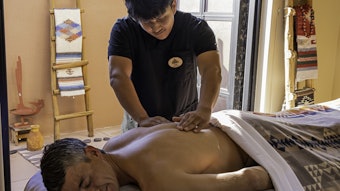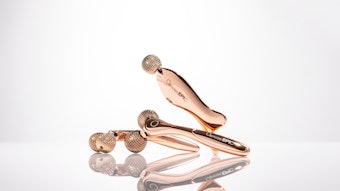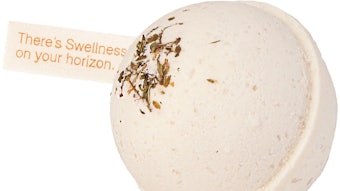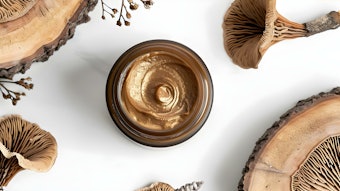
We’ve all felt the adverse effects of stress, including fatigue, irritability, and restlessness, to name a few. Unsurprisingly, stress levels are on the rise since 2020, with 33% of people reporting extreme stress and 77% experiencing stress that affects their physical health1, including the skin’s health. According to medicinenet.com, “Stress is a physical, mental, or emotional factor that causes bodily or mental tension. Stresses can be external (from the environment, psychological or social situations) or internal (illness or medical procedure) 2. Stress can initiate the ‘fight or flight’ response, a complex reaction of neurologic and endocrinologic systems.”
Many industry professionals are observing clients with new or increased levels of breakouts, rosacea flare-ups, dermatitis, as well as other inflammatory skin conditions, due to augmented levels of stress. Additional symptoms of stress in the skin may include dehydration, dryness, a lack of vitality and increased signs of aging. Exposure to stressors is higher than ever, and as estheticians, we owe it to our clients to educate them on the substantial role stress plays in their skin’s health. This includes educating clients on lifestyle habits that contribute to stressors’ harmful effects and emphasizing the importance of using products designed to target sources of stress and negate their damaging consequences.
Primary Sources of Stress and Their Effects
The primary sources of direct external stress on the skin include (but are not limited to) UV rays, indoor and outdoor pollution, chemical exposure, artificial fragrances and colors and seasonal change. The sheer amount of stressors we are exposed to begs an answer to the question of, “Just how much stress can our bodies keep up with?” Though the exact answer is unknown, many people are at the tipping point, and their skin reflects this state.
Our skin undergoes a complex response to adapt to these direct external factors, in an attempt to restore homeostasis, or balance. For example, with seasonal transitions from warm, humid weather to dry, colder weather, the skin attempts to maintain hydration, barrier function and protection. Until the skin adapts to the drier climate, it remains vulnerable to irritants and inflammation that sneak past its weakened defenses. In addition to these effects, many people start using indoor heating which further depletes the skin’s hydration and protection, leaving it even more exposed. Conversely in the spring and summer, increased heat and humidity result in increased sebum and sweat production. This can create an imbalance of the skin’s microbiome, feeding pathogens that can cause inflammation, infection and breakouts.
Continue reading about minimizing stress for skin health in our Digital Magazine...












